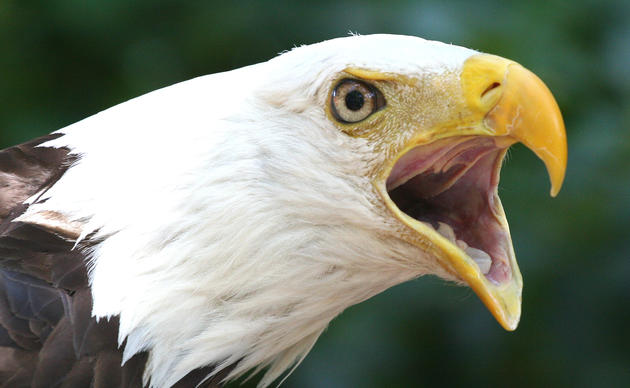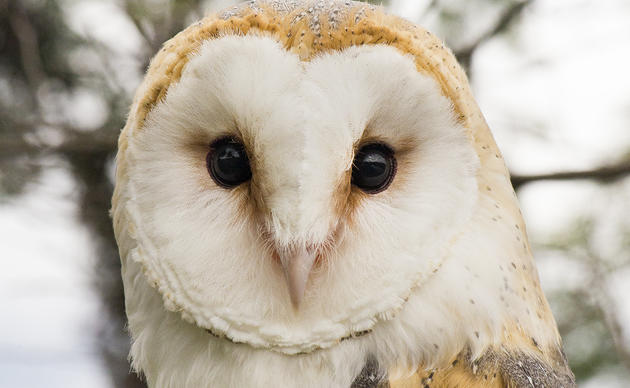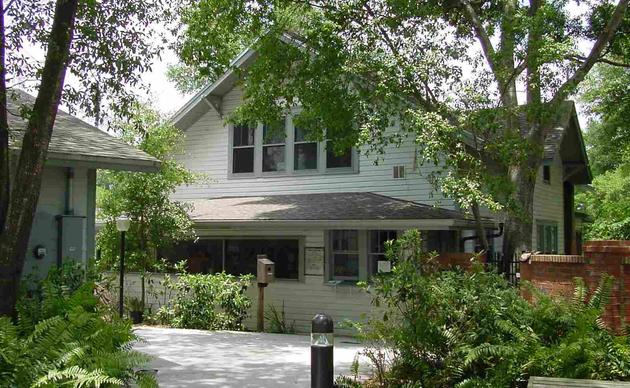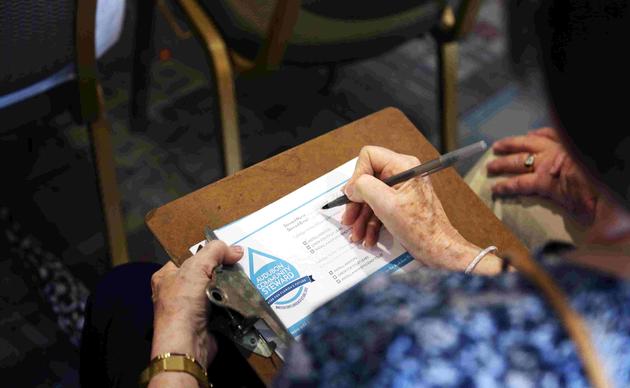The nesting season in Florida generally extends from October through May, although some late nesting pairs may hatch chicks as late as April and fledge young into June or July. Nests are usually located in a live pine or cypress tree, most often within 1-1.8 miles of water. Nests are often reused year after year, with some pairs of eagles using an alternate nest within their defined territory. Man-made structures including cellular towers and powerline towers are being utilized in increasing numbers due to loss of suitable nesting habitat. It is not uncommon for nests to be blown from trees by storms, after which the eagles typically renest on the same sites, often in the same trees. Bald eagle nests are legally protected and may not be removed at any time without a federal permit.
Nest size: Bald Eagles build the largest nest of any bird in North America. These nests are reused annually by the same pair of birds and increase in size accordingly to the length of time they have been occupied. The largest recorded nest was in Florida, measuring over eight feet across, nearly eighteen feet tall, and weighing almost two tons. A typical nest, however, is much smaller (similar to a queen-sized bed), ranging from four to five feet in diameter and three to four feet tall. Eagles nesting on man-made structures tend to build smaller nests which are often confused with Osprey nests. Osprey nests are generally located on the tops of dead trees or man-made structures. Eagles prefer live trees with a canopy providing shade overhead, but have uncharacteristically utilized man-made structures in recent years.
Nest Site: A pair of eagles will generally return to the same nest year after year, called nest site fidelity. In most, but not all cases, eagles will have more than one nest within their breeding territory, called an alternate nest. The usual number of alternate nests averages from 1-2. The most commonly accepted explanation for this occurrence is that the alternate nest serves as insurance in case the primary nest is destroyed early in the nesting season.
Nest construction: Once a suitable nest tree has been selected, both adults will gather branches and sticks and begin constructing a new nest or adding new materials if a nest already exists. The branches are woven together by the female, much like the weaving of a basket. New nest construction can take less than a week, but maintenance on the nest occurs throughout the entire nesting season. The nestcup, or small depression where the eggs are laid in the middle of the nest, is lined with soft vegetation, with Spanish moss and grass being the most common materials. The nestcup is generally less than a foot in diameter with a depression of about four inches. The newly hatched chick may spend the first two weeks in the nest cup completely out of sight for the observer.
Abandoned and Alternate Nests: Bald Eagles often use alternate nests in different years. Although all nests used by a given pair are situated in the same general vicinity, some nests go unused for several consecutive years and thereby may appear abandoned. Even a solitary nest can go unused for several years, often due to the death of one member of the resident pair, and then be reoccupied by either the original pair or one member of the original pair with a new mate.
Perch Trees: Bald Eagles spend nearly 90% of their daylight hours perching, making perch trees an important consideration in an eagle’s selection of a breeding territory. There are often a number of favorite trees used habitually located within each pair’s territory, often serving different functions. Some trees are used as “sentry” perches, providing lookout points. Eagles will simply loiter or rest on other perches, or utilize them to hunt or forage from. Trees with heavy foliage are most commonly used while eating, providing the eagle with cover to hide its prey from other birds.
How you can help, right now
Support the Audubon Center for Birds of Prey
Your donation helps to protect America's birds, wildlife, and habitats. Donate critical funding needed to support our important rehabilitation and education work.
Subscribe to Raptor News
Sign up for our monthly newsletter and stay up to date with what's happening at the Audubon Center for Birds of Prey.
Become a Water Steward
Engage the public in water and energy conservation using simple steps to save water inside the home, outside the home and in your community.




